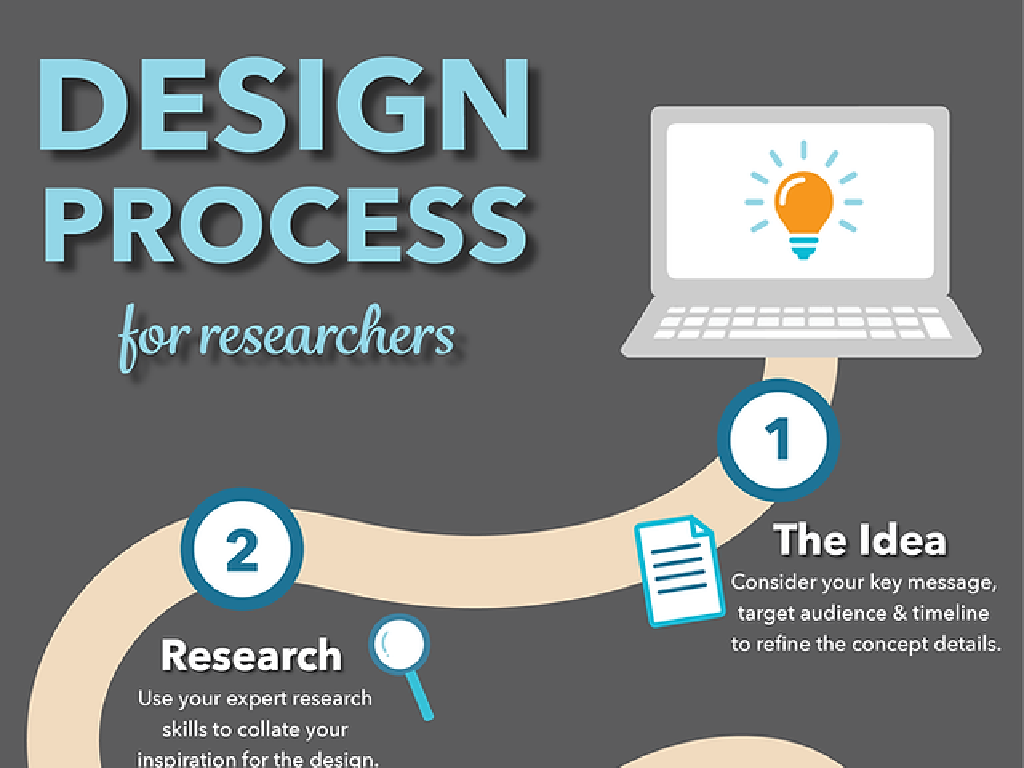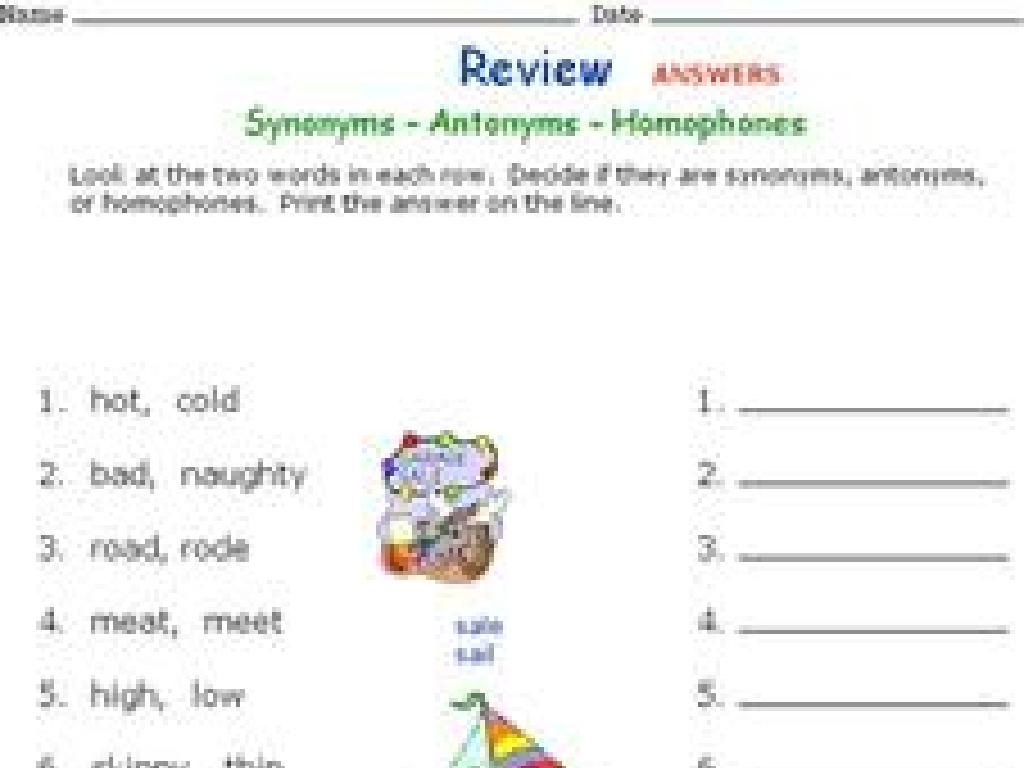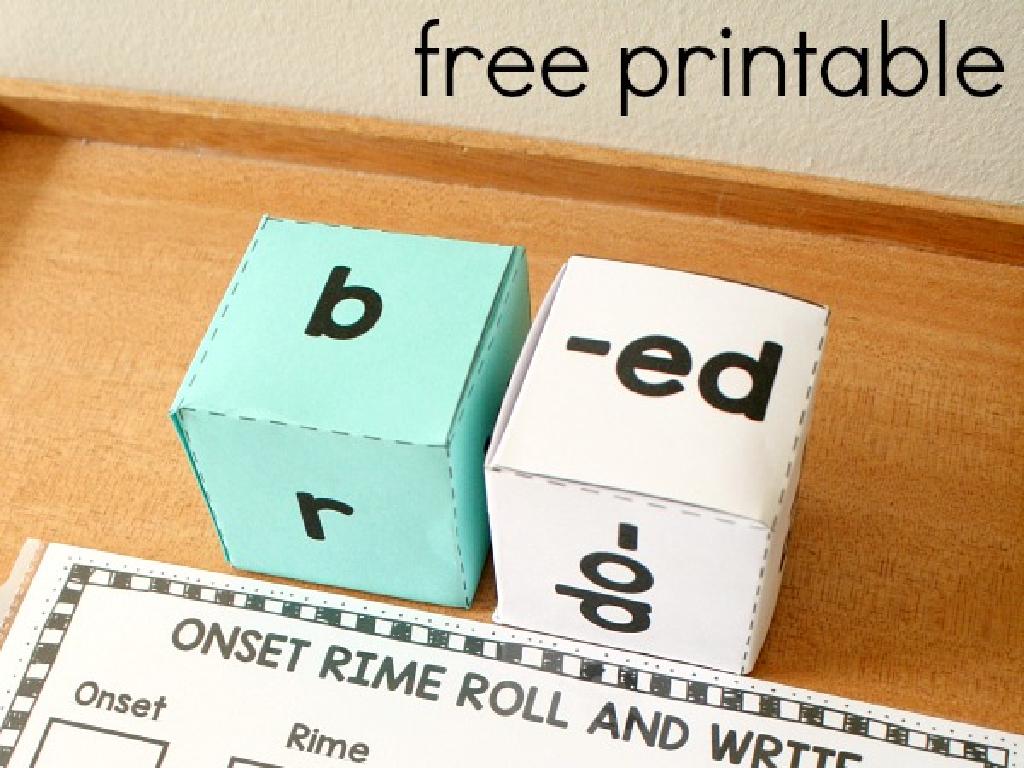Particle Motion And Changes Of State
Subject: Science
Grade: Sixth grade
Topic: Particle Motion And Energy
Please LOG IN to download the presentation. Access is available to registered users only.
View More Content
Welcome to Particle Motion!
– Explore particle motion & energy
– Particles are always moving and have energy affecting their state
– Learn matter basics
– Matter is made of particles too small to see
– Particle motion leads to state changes
– Heating or cooling can change a particle’s state from solid to liquid to gas
– Today’s focus: Changes of State
|
This slide introduces the concept of particle motion and how it relates to energy and changes of state in matter. Begin by explaining that all matter is composed of particles that are in constant motion, which is influenced by the energy they possess. Discuss the three basic states of matter (solid, liquid, gas) and how particles behave in each state. Emphasize that changes in temperature can cause particles to gain or lose energy, leading to a change in state, such as melting, freezing, or evaporating. Use this slide to set the stage for today’s lesson, where students will delve deeper into how particle motion results in the changes of state they observe in everyday life.
Exploring States of Matter
– Matter: Everything is made of it
– States of matter: Solid, Liquid, Gas
– Properties of solids
– Solids have a fixed shape and volume
– Properties of liquids and gases
– Liquids have a fixed volume but take the shape of their container; gases take both the shape and volume of their container
|
This slide introduces the concept of matter, which is anything that takes up space and has mass. Students will learn that matter can exist in three main states: solid, liquid, and gas. Discuss the properties of solids, such as having a definite shape and volume, and compare them with liquids, which have a definite volume but no fixed shape, and gases, which have neither a definite shape nor volume. Use examples like ice (solid), water (liquid), and steam (gas) to illustrate the different states of matter. Encourage students to think of other examples and how the state of matter affects the behavior and properties of the substance.
Understanding Particles and States of Matter
– Particles: Matter’s building blocks
– Particles are tiny units that make up all matter.
– Particle movement in states of matter
– In solids, particles vibrate in place; in liquids, they flow around; in gases, they move freely.
– Comparing particle spacing in solids, liquids, gases
– Solids have tightly packed particles; liquids less so; gases have lots of space between them.
– How temperature affects particle motion
– Higher temperatures increase particle movement, causing changes in state.
|
This slide introduces the concept of particles as the fundamental building blocks of matter and explains how their movement differs in solids, liquids, and gases. Emphasize that in solids, particles are closely packed and only vibrate slightly. In liquids, particles are more spread out and can move past each other, while in gases, they are far apart and move rapidly. Discuss how temperature can cause particles to move faster, leading to a change in state, such as melting or boiling. Use diagrams to visually represent the spacing of particles in each state of matter. Encourage students to think about how the movement and spacing of particles can explain phenomena they observe every day, like ice melting or water boiling.
Particle Motion in Solids
– Particles are closely packed
– Like students in a crowded room, not much space to move
– Vibrations in fixed positions
– They wiggle and jiggle but stay in their own spots
– No positional change
– Ice illustrates solid structure
– Ice crystals show how particles are arranged in a fixed pattern
|
This slide introduces the concept of particle motion within solids. Emphasize that the particles are so close together that they can’t move freely; they can only vibrate in place. This lack of movement is what gives solids their fixed shape and volume. Use the example of ice to show how water molecules arrange themselves in a structured pattern when they freeze. This visual can help students understand that although the particles are moving (vibrating), they are not changing positions with each other. Encourage students to think of other examples of solids and how their particles might behave.
Particle Motion in Liquids
– Particles are close but mobile
– Particles slide past each other
– Water as a liquid example
– In water, particles move more freely than in its solid form, ice.
– Comparing to solid state
– Unlike in ice, where particles vibrate in place, liquid particles can move around.
|
This slide introduces students to the concept of particle motion in liquids. Emphasize that while particles in liquids are close together, they are not fixed in place like in solids; they have the ability to move and slide past one another. This is what allows liquids to flow and take the shape of their containers. Use water as a tangible example, comparing its liquid state to its solid state (ice) to illustrate the difference in particle motion. In ice, the particles are tightly packed and only vibrate in place, whereas in liquid water, the particles move more freely. This concept is fundamental in understanding the fluidity and properties of liquids in contrast to solids.
Particle Motion in Gases
– Gas particles are widely spaced
– Particles move rapidly in all directions
– Example: Water vapor movement
– Water vapor particles move freely and disperse widely
– Gases expand to fill their container
– Gas particles spread out to occupy every corner of their container
|
This slide introduces the concept of particle motion in gases, which is a key topic in understanding states of matter. Emphasize that unlike solids or liquids, gas particles have a lot of space between them and are not held together. They move quickly and in random directions, which is why gases can easily spread out and fill any container they are in. Use water vapor as a tangible example to illustrate how gas particles behave independently and spread out. This can be demonstrated by boiling water and watching the steam disperse. Encourage students to think of other examples of gases expanding, such as a balloon inflating or the scent of perfume spreading in a room.
Changes of State in Matter
– Causes of state changes in matter
– Matter changes state when energy is added or removed
– Role of energy in state changes
– Adding heat can melt solids or evaporate liquids; removing it can freeze or condense gases
– Examples: Melting and Freezing
– Melting: solid to liquid; Freezing: liquid to solid
– Examples: Evaporation and Condensation
– Evaporation: liquid to gas; Condensation: gas to liquid
|
This slide introduces the concept of changes of state in matter, which is a fundamental topic in understanding particle motion and energy. It’s crucial to explain that the addition or removal of energy, particularly heat, is what causes matter to transition between solid, liquid, and gas states. Provide clear examples such as melting ice turning into water and water freezing back into ice. Discuss how heating water can cause evaporation, turning it into steam, and how cooling steam leads to condensation, turning it back into liquid water. Encourage students to think of everyday examples of these changes and to consider the molecular movement involved in each process.
Exploring Melting and Freezing
– Melting: Solid transforms to liquid
– Heat addition turns ice to water
– Freezing: Liquid becomes solid
– Removing heat makes water solidify
– Class experiment with ice
Watch ice melt and water freeze
– Observations of phase changes
Record time and temperature changes
|
This slide introduces students to the concepts of melting and freezing as part of understanding particle motion and energy. Melting occurs when a solid (like ice) absorbs heat and becomes a liquid (water), while freezing is the opposite process where a liquid loses heat and turns into a solid. During the class experiment, students will observe ice melting at room temperature and water freezing in a freezer. They should note the time it takes for the ice to melt and the water to freeze, as well as any temperature changes. This practical activity will help them grasp the concepts of heat transfer and the effects of temperature on particle motion in different states of matter.
Evaporation and Condensation
– Evaporation: Liquid to gas
– Heat turns liquid water into vapor
– Condensation: Gas to liquid
– Cooling vapor turns back into liquid
– Class experiment setup
– Place water in a pan and heat, then expose to a cold surface
– Observations and discussion
– Record time for evaporation and droplets forming
|
This slide introduces the concepts of evaporation and condensation, which are vital in understanding particle motion and changes of state. Evaporation occurs when liquid water is heated and particles gain enough energy to become a gas. Condensation is the reverse process, where water vapor cools and changes back to liquid. For the class experiment, students will heat water to observe evaporation and then expose it to a cold surface to witness condensation. Encourage students to take notes on the rate of evaporation and the time it takes for condensation to form. Discuss the energy transfer involved in both processes and how particle motion changes during each state change.
Particle Motion and Changes of State
– Recap particle motion in states
– Particles move differently in solids, liquids, gases
– Energy’s role in changing states
– Adding or removing energy can cause state transitions
– Discuss state changes with examples
– For instance, water freezing or boiling
– Engage in Q&A session
|
Begin with a brief review of how particles behave in solid, liquid, and gas states, emphasizing their motion and arrangement. Then, explain how adding or removing energy, such as heat, can lead to changes in particle motion, resulting in a change of state (e.g., melting, freezing, condensation, vaporization). Use water as a relatable example to illustrate these changes. Conclude with a Q&A session to address any misunderstandings and reinforce learning. Encourage students to ask questions about particle motion and state changes they’ve observed in daily life or during experiments.
Class Activity: Particle Dance
– Simulate particle motion with dance
– Form groups: solids, liquids, gases
– Show particle movement in each state
– Solids: close, vibrating slowly; Liquids: close but flowing; Gases: fast, far apart
– Demonstrate transitions between states
– For example, from solid to liquid, show particles moving apart and speeding up
|
This interactive class activity is designed to help students visualize and understand particle motion in different states of matter. Divide the class into small groups and assign each group a state of matter: solid, liquid, or gas. Students will create a dance that represents the movement of particles within their assigned state. Solids should have particles moving very little and staying close together, liquids will have particles that are close but can slide past each other, and gases should have particles moving quickly and spreading out. Afterward, have groups demonstrate transitions between states, such as how particles in a solid begin to move faster and spread out as they change to a liquid. This kinesthetic approach to learning will aid in the retention of the concepts of particle motion and changes of state.





